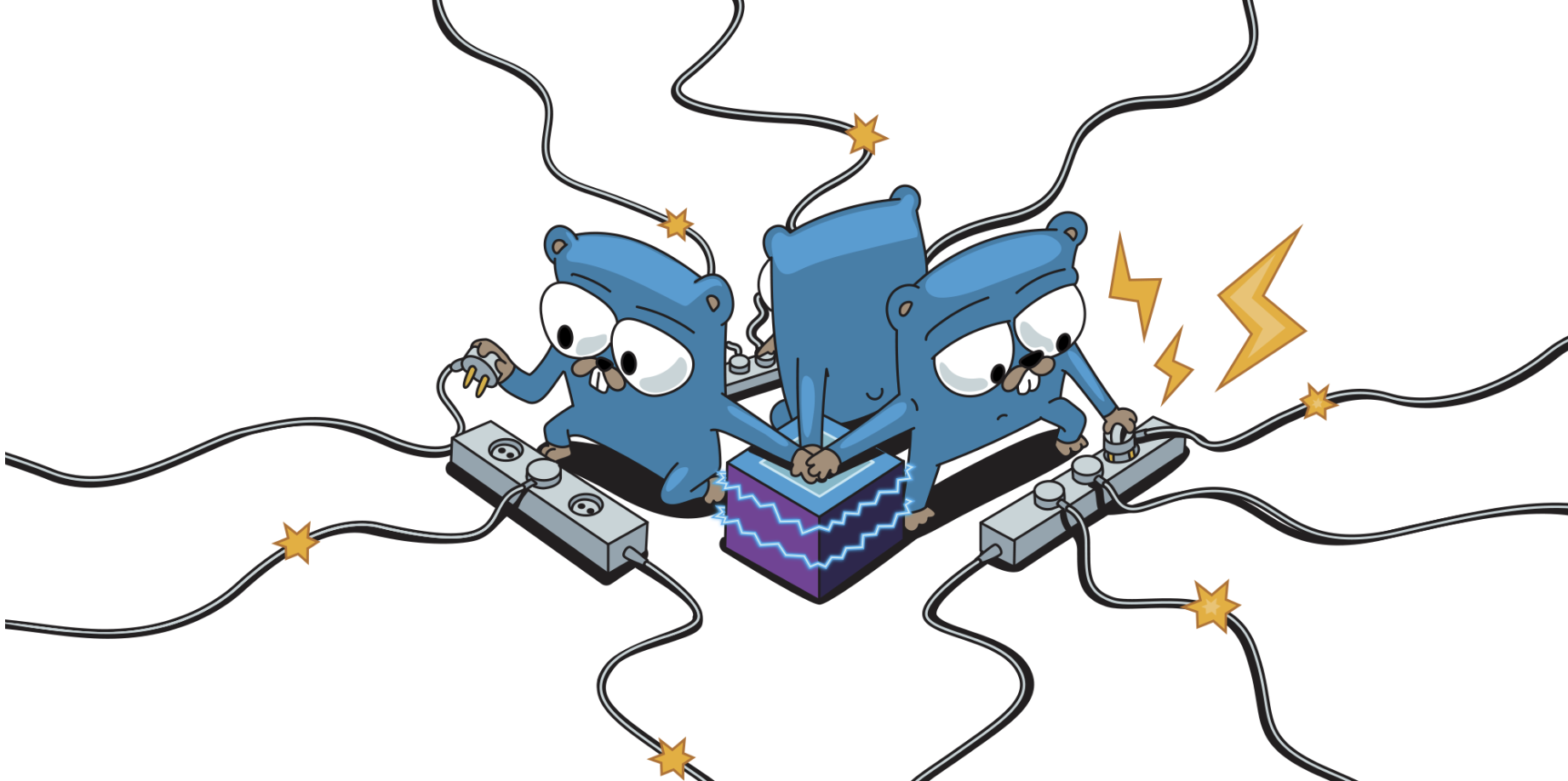
The main objective of Centrifugo is to manage persistent client connections established over various real-time transports (including WebSocket, HTTP-Streaming, SSE, WebTransport, etc – see here) and offer an API for publishing data towards established connections. Clients subscribe to channels, hence Centrifugo implements PUB/SUB mechanics to transmit published data to all online channel subscribers.
Centrifugo employs Redis as its primary scalability option – so that it’s possible to distribute client connections amongst numerous Centrifugo nodes without worrying about channel subscribers connected to separate nodes. Redis is incredibly mature, simple, and fast in-memory storage. Due to various built-in data structures and PUB/SUB support Redis is a perfect fit to be both Centrifugo Broker and PresenceManager (we will describe what’s this shortly).
In Centrifugo v4.1.0 we introduced an updated implementation of our Redis Engine (Engine in Centrifugo == Broker + PresenceManager) which provides sufficient performance improvements to our users. This post discusses the factors that prompted us to update Redis Engine implementation and provides some insight into the results we managed to achieve. We’ll examine a few well-known Go libraries for Redis communication and contrast them against Centrifugo tasks.
Broker and PresenceManager
Before we get started, let’s define what Centrifugo’s Broker and PresenceManager terms mean.
Broker is an interface responsible for maintaining subscriptions from different Centrifugo nodes (initiated by client connections). That helps to scale client connections over many Centrifugo instances and not worry about the same channel subscribers being connected to different nodes – since all Centrifugo nodes connected with PUB/SUB. Messages published to one node are delivered to a channel subscriber connected to another node.
Another major part of Broker is keeping an expiring publication history for channels (streams). So that Centrifugo may provide a fast cache for messages missed by clients upon going offline for a short period and compensate at most once delivery of Redis PUB/SUB using Publication incremental offsets. Centrifugo uses STREAM and HASH data structures in Redis to store channel history and stream meta information.
In general Centrifugo architecture may be perfectly illustrated by this picture (Gophers are Centrifugo nodes all connected to Broker, and sockets are WebSockets):

